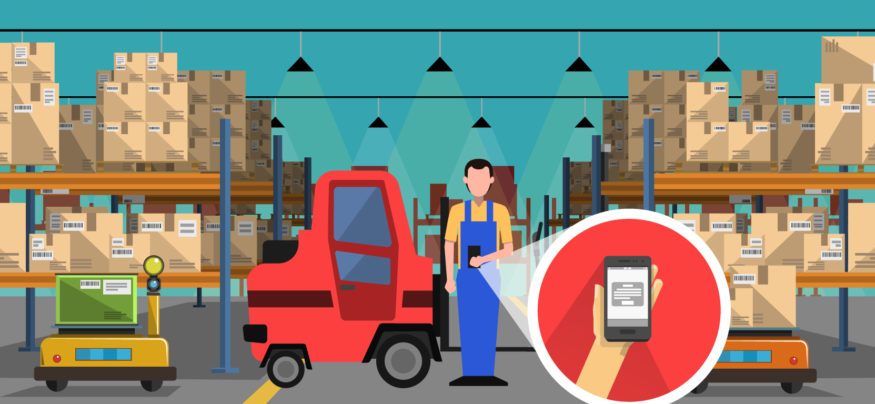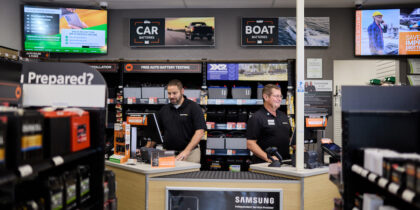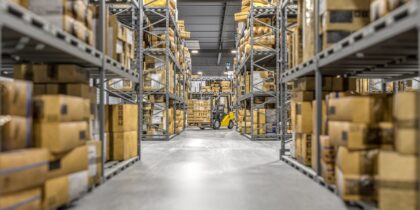Better supply chain management is critical to curbing some $634 billion in lost sales — the amount that retailers lose annually due to out-of-stock items, according to an IHL Group report. Overstocks cost retailers another $472 billion each year.
The issue is even more complicated in an omnichannel environment, which includes both inventory distribution centers and in-store shelves, with customers expecting to quickly locate items and take them home or have them shipped quickly to their residences or to the most convenient merchant location. But to meet these customer expectations while also slashing the $634 annual sales losses, merchants need full visibility into their entire supply chain so that they can find the missing inventory and remove supply chain bottlenecks.
According to CNBC, the lack of supply chain insight means that many merchants are failing on their promise to make it easy for shoppers to pick up their online orders in-store, a particularly costly issue at holidays or other times when customers expect quick shipments. By failing to meet customer expectations for product availability, these businesses are likely to miss out on future sales.
Technology Aids Warehouses
Distribution center operations are moving away from pen and paper to mobile and wearable solutions that allow them to more accurately and efficiently conduct inventory. According to the Warehouse Vision 2020 study, nearly 95 percent of respondents still conduct at least some inventory validation using pen and paper, a figure expected to drop sharply to just over 27 percent by 2020. While 47.5 percent of respondents said they use handheld devices or tablets to conduct cycle count and inventory management today, this number is expected to grow to 86 percent by the year 2020.
According to Retail Dive, more than one third of companies have also improved their distribution center operations by using robotics. Tech Insider notes that in some instances, robots can improve warehouse efficiencies by as much as 800 percent.
A smart warehouse combines robotics, RFID tags, wearable technologies and mobile solutions so it can operate with fewer people and allow its remaining employees to work from anywhere in the location — or remotely — to boost the speed and accuracy of shipping. More than 60 percent of the companies surveyed in the Warehouse Vision 2020 study said they expect to somewhat or dramatically increase their use of tablets, while more than half said they would somewhat or dramatically increase their use of the Internet of Things (IoT) and wearable technologies in their warehouses.
Visibility Beyond the Warehouse
Good supply chain management goes beyond just knowing where items are located in the warehouse. It’s critical to know the location of inventory once it leaves the warehouse. As Chain Store Age reports, GameStop improved its supply chain by implementing new ship from store technology that enables store associates to find not only items from their own shelves and warehouse, but also SKUs at other store locations. This enterprise-wide SKU research capability enabled GameStop to increase sales of goods not in the warehouse by 20 percent. Before implementing the new technology, associates had no visibility into SKUs at other stores.
Companies that want have better in-stock control to meet customer expectations and maximize sales will be looking to a combination of these technologies to better manage their supply chains.
Find out how the Internet of Things is improving warehouse efficiencies and helping retailers surpass customer expections here.





